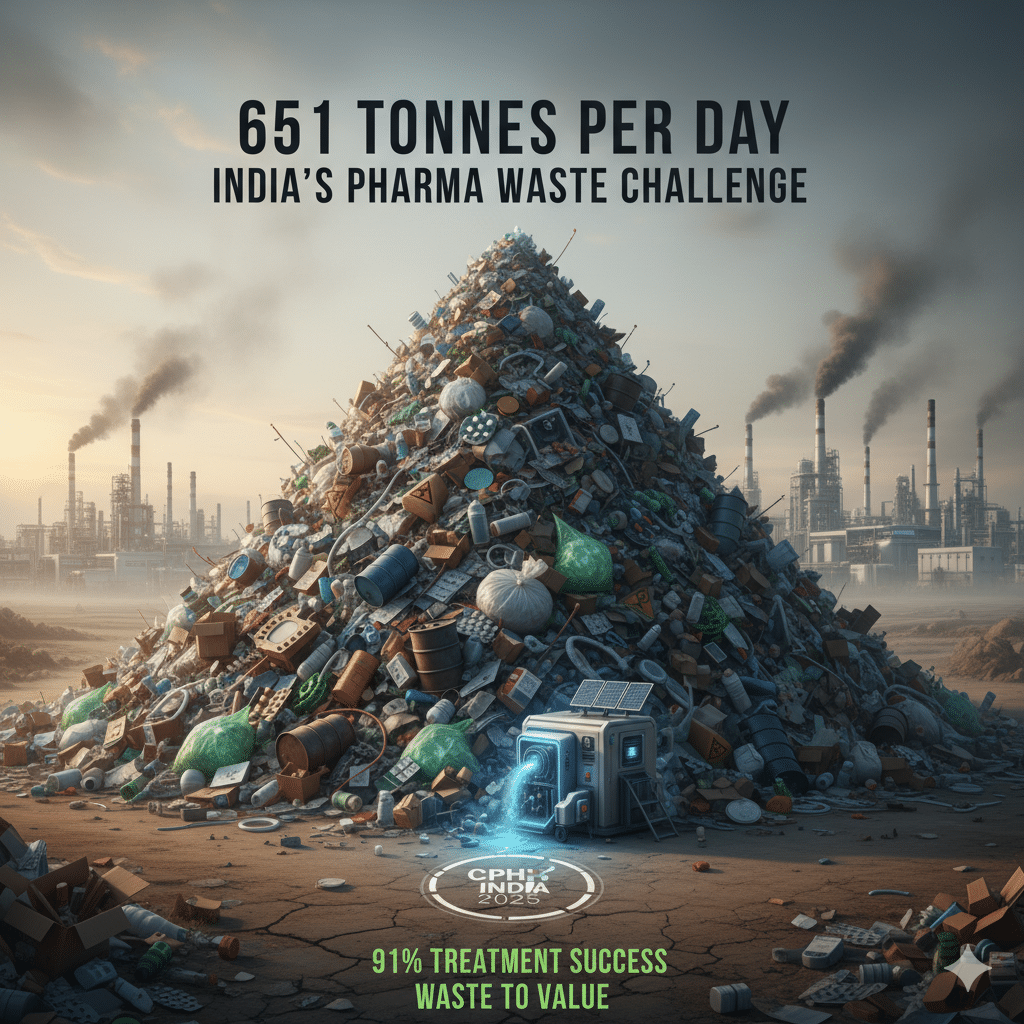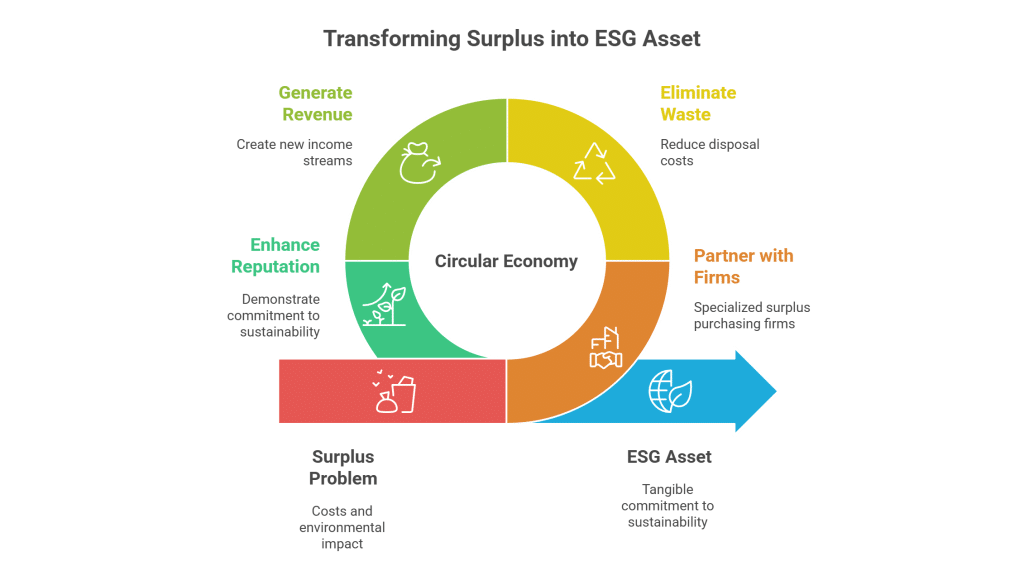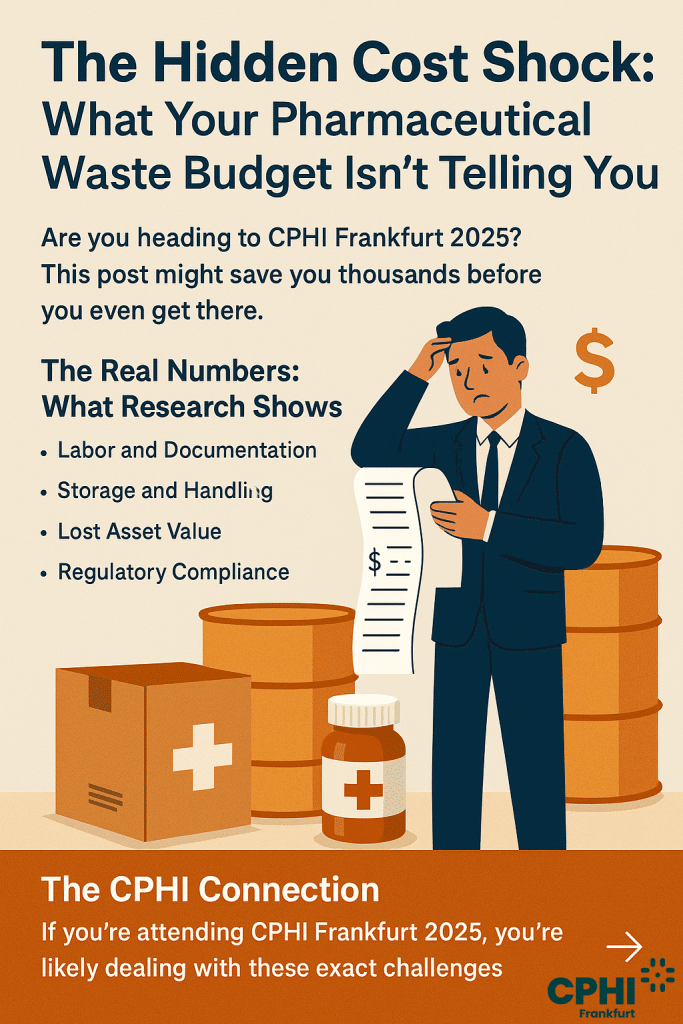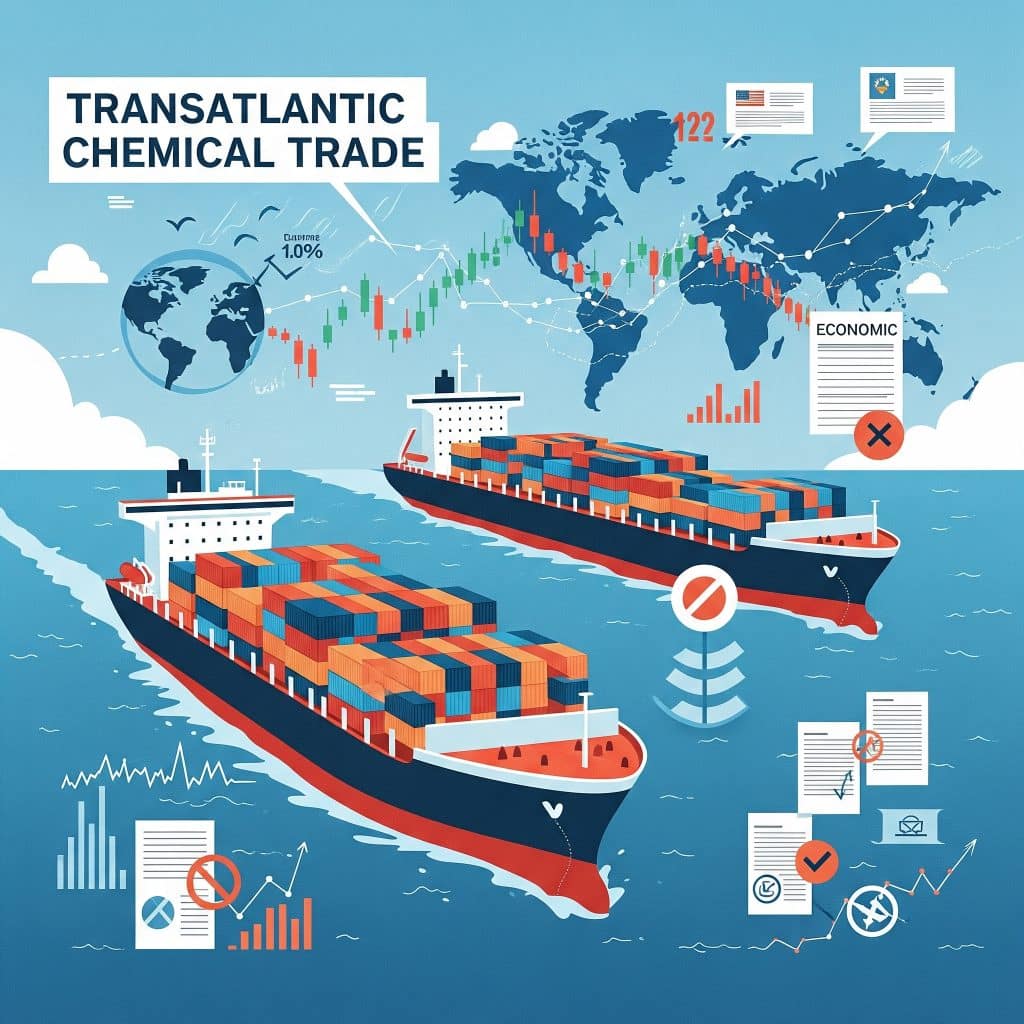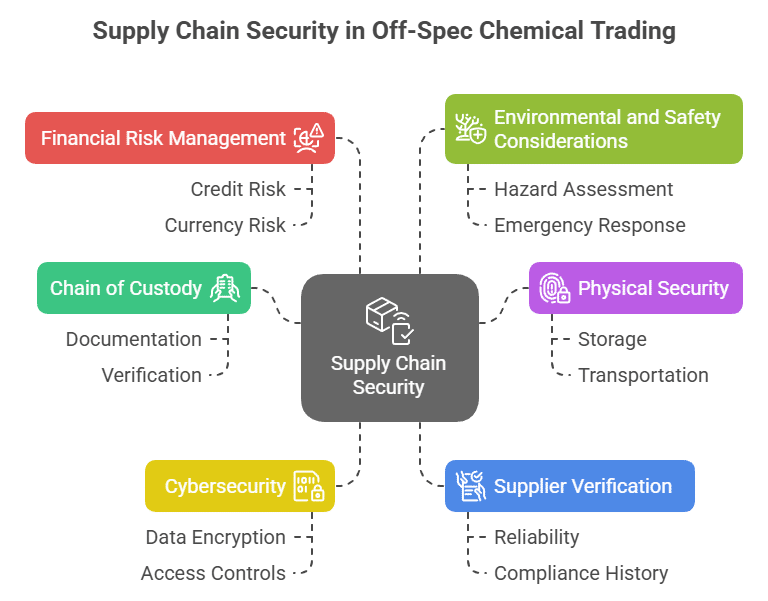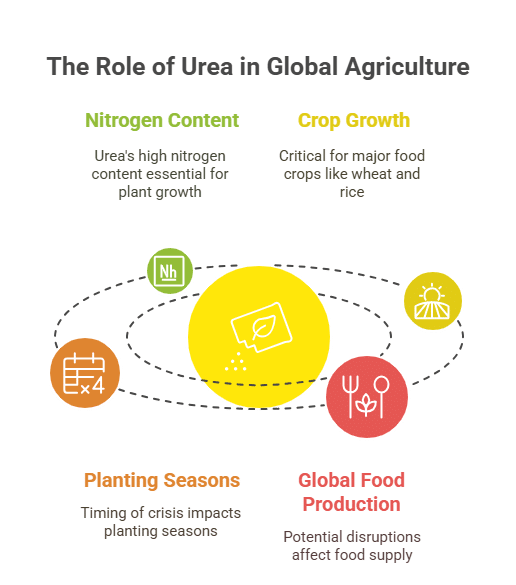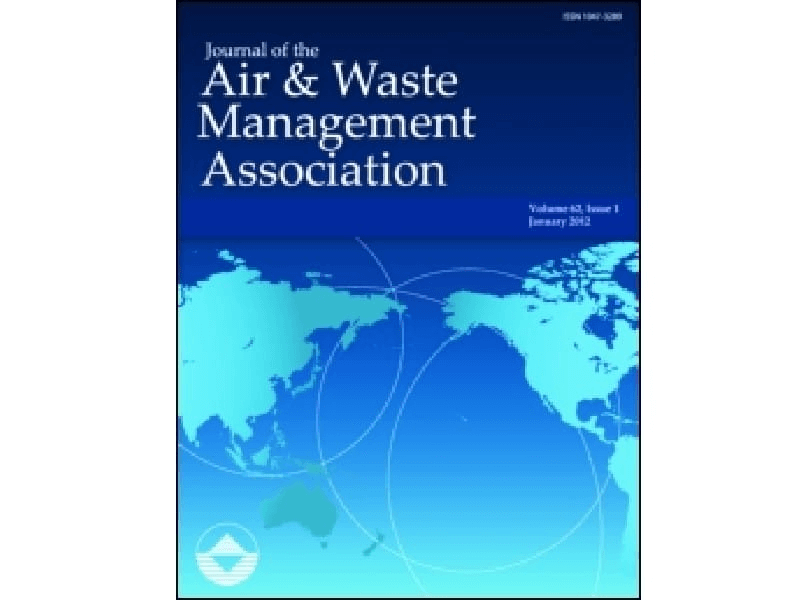Guide to US Tariffs in the Trump Era: Implications for Surplus Chemical Trading
Introduction
The tariff policies of the Trump administration are reshaping the global economic landscape and significantly impacting exporters and importers worldwide, with particular implications for the chemical industry. This article provides an in-depth look at current US tariffs, their impact on global markets, and the unique opportunities they create for trading surplus chemicals during this period of rapid change. Similar to chemical export regulations, understanding tariff policies requires deep regulatory knowledge, strategic planning, and precise documentation to ensure successful and profitable transactions.
This guide is intended for informational purposes only and does not constitute legal, regulatory, or compliance advice. Readers are encouraged to consult with qualified regulatory professionals, legal counsel, or relevant authorities to ensure full compliance with applicable laws and regulations before engaging in import or export activities.
Trump's Tariff Policies: Historical and Current Perspective
First Term Tariffs (2017-2021)
During his first term, President Trump imposed significant tariffs on a wide range of products, with the stated goal of protecting American industry and reducing the US trade deficit. The most significant measures included:
- Steel and Aluminum Tariffs:
25% tariffs on steel imports and 10% on aluminum in 2018, under Section 232 of the Trade Expansion Act of 1962, citing national security concerns. - China Tariffs:
Tariffs on Chinese products valued at approximately $380 billion in 2018-2019, under Section 301 of the Trade Act of 1974, citing unfair trade practices.
Despite gloomy forecasts from many economists, official reports indicate these tariffs led to positive outcomes for American industry. According to the US International Trade Commission, the tariffs reduced imports from China, stimulated more US production, and had minimal effects on downstream prices for consumers. The Economic Policy Institute reported that following the implementation of steel and aluminum tariffs, US steel output, employment, capital investment, and financial performance all improved. US steel producers announced plans to invest more than $15.7 billion in new or upgraded steel facilities, creating at least 3,200 direct new jobs.
Current Term Tariffs (2025)
Upon returning to the White House, President Trump has dramatically expanded his tariff policy. Key measures taken so far include:
- Universal Baseline Tariff: On April 2, 2025, Trump announced a universal 10% baseline tariff on all imports to the US, with higher tariffs on certain trading partners, up to 50%, depending on their trade balance with the United States.
- Canada and Mexico Tariffs: 25% tariffs on imports from Canada and Mexico, with certain exemptions for products covered by the USMCA agreement.
- China Tariffs: Tariffs that reached up to 145% on imports from China, although recently temporarily reduced to 30% for 90 days as part of trade negotiations.
- Auto Tariffs: 25% tariff on imported cars, engines, and parts, with certain concessions for specific countries.
- European Union Tariffs: Announcement of a 50% tariff on all imports from the European Union, effective June 1, 2025.
- Electronics Exemptions: Exemption for certain electronic devices including smartphones and computers, though with a threat to impose a 25% tariff on iPhones not manufactured in America.
Process and Impacts on the Chemical Industry
How Tariffs Work
Tariffs are taxes imposed on products purchased from other countries. Typically, they are calculated as a percentage of the product’s value. For example, a 10% tariff on a $100 product adds a $10 tax, bringing the total cost to $110.
Companies importing foreign goods into the US must pay the tax to the government. They may pass some or all of the additional cost on to customers or decide to import fewer goods. Tariffs affect the global supply chain and purchasing decisions of American companies, often leading to changes in global trade patterns.
For the chemical industry specifically, tariffs can significantly impact raw material costs, production economics, and market competitiveness. Chemical manufacturers often rely on global supply chains for specialized inputs, making them particularly vulnerable to tariff fluctuations.
Economic Impacts on Chemical Trade
According to the Tax Foundation, current tariffs will raise the weighted average applied tariff rate on all imports to 15.0%, the highest since 1941. Imports are expected to decline by approximately $542 billion in 2025 (16%), and tariffs are projected to raise $2 trillion over the next decade.
The economic impacts on chemical trade include:
- GDP Reduction: Expected reduction of 0.8% in US GDP (before retaliatory measures from other countries), affecting overall demand for chemicals.
- Household Costs: Average increase of $1,155 per American household in 2025 and $1,397 in 2026, potentially reducing consumer spending on chemical-based products.
- Retaliatory Measures: Retaliatory measures from China, Canada, and the European Union affecting US exports valued at $330 billion, including chemical products.
- Supply Chain Changes: Many companies are reevaluating their supply chains, and in some cases moving production to the US or “friendly” countries not subject to high tariffs, creating new patterns of chemical demand and supply.
Impacts on Specific Chemical Sectors
Industrial Chemicals and Raw Materials
The 25% tariff on all steel and aluminum entering the US significantly impacts industries that use these metals for chemical storage, transportation, and processing equipment. American chemical manufacturers face higher costs for new facilities and equipment, potentially affecting expansion plans and production costs.
Chemical companies that supply coatings, treatments, and specialty materials to the steel and aluminum industries are experiencing shifting demand patterns as production relocates. This creates both challenges and opportunities for suppliers with surplus inventory.
Automotive-Related Chemicals
The 25% tariff on imported cars significantly impacts manufacturers of automotive chemicals, coatings, lubricants, and specialized materials. As vehicle production patterns shift, suppliers of automotive chemicals must adapt to new customer locations and requirements.
American chemical manufacturers serving the automotive sector gain a competitive advantage, but also face disruption as the entire supply chain adjusts. Companies with surplus automotive chemicals may find new opportunities as manufacturers seek to replace disrupted supply chains.
Electronics and Specialty Chemicals
While there is a temporary exemption for smartphones and computers, there is a threat to impose a 25% tariff on iPhones not manufactured in America. This creates uncertainty for suppliers of specialty chemicals, coatings, and materials used in electronics manufacturing.
Companies like Apple are exploring options to move some production to the US or “friendly” countries, potentially creating new markets for chemical suppliers who can quickly respond to these shifting production patterns.
Opportunities for Trading Surplus Chemicals
The current situation of high and changing tariffs creates unique opportunities for trading surplus chemical inventory. Here are several reasons why this is an ideal time to sell surplus chemicals:

1. Accelerated Exports Before Additional Tariff Increases

2. Growing Demand for Products Not Subject to High Tariffs

3. Opportunities for Collaboration with American Companies

4. Opportunities in Alternative Markets

5. Less Expensive Alternatives to Products with Rising Prices
Future Forecast and Conclusions for Chemical Traders
Short and Medium-Term Forecast
In the short and medium term, we anticipate:
- Continued High Tariff Policy: Expected continuation of high tariff policies throughout Trump’s term, with possible expansion to additional sectors affecting chemical trade.
- Bilateral Trade Agreements: Possibility of bilateral trade agreements with specific countries, similar to the agreement with Britain, which may reduce tariffs for certain countries and create preferential channels for chemical trade.
- Volatility in Tariff Rates: High probability of volatility in tariff rates and frequent policy changes, requiring close monitoring and rapid adaptation by chemical traders.
- Continued Trade War: Expected continuation of trade war with China and the European Union, with possible additional retaliatory measures affecting chemical exports and imports.
- Supply Chain Changes: Possibility of significant changes in global supply chains and relocation of production to the US or “friendly” countries, creating new patterns of chemical demand and supply.
Why Sell Surplus Chemicals Now?
In light of this forecast, there are several compelling reasons to sell surplus chemical inventory now:
- Increasing Uncertainty: As tariff policy continues to evolve, market uncertainty increases. Selling surplus chemicals now reduces the risk associated with holding inventory during a period of rapid change.
- Window of Opportunity: Before additional tariffs are implemented or increased, there is a window of opportunity to sell products under better conditions. This window may close quickly as tariff policy develops.
- Growing Demand for Certain Products: Tariffs create growing demand for products not subject to high tariffs or products that can replace those whose prices have risen. This is an opportunity to position surplus inventory as an attractive solution.
- Supply Chain Changes: Many companies are changing their supply chains in response to tariffs. This is an opportunity to sell surplus inventory to companies looking for new or alternative suppliers.
- Temporary Competitive Advantage: Companies with surplus chemical inventory can enjoy a temporary competitive advantage over competitors who depend on ongoing imports. This advantage may diminish as the market adapts to new tariffs.
Conclusion
The Trump administration’s tariff policies are significantly changing the global economic landscape and creating both challenges and opportunities for chemical traders. While high tariffs pose challenges for importers and American consumers, they also create unique opportunities for trading surplus chemicals.
The current situation of uncertainty, rapid policy changes, and growing demand for certain products provides a window of opportunity to sell surplus chemical inventory under optimal conditions. Companies that exploit these opportunities can not only reduce the risks associated with holding inventory during a period of rapid change but also enjoy a competitive advantage over competitors who depend on ongoing imports.
As in the field of chemical exports, understanding tariff policies requires deep regulatory knowledge, strategic planning, and precise documentation. Companies that invest in understanding current policy and forecasting future trends will be better positioned to exploit opportunities and address the challenges posed by the Trump administration’s tariff policies.
References
- The White House (2025). “Tariffs Work – and President Trump’s First Term Proves It.” https://www.whitehouse.gov/articles/2025/04/tariffs-work-and-president-trumps-first-term-proves-it/
- Tax Foundation (2025 ). “Tracking the Economic Impact of Trump Tariffs.” https://taxfoundation.org/research/all/federal/trump-tariffs-trade-war/
- BBC (2025 ). “What are tariffs, how do they work and why is Trump using them?” https://www.bbc.com/news/articles/cn93e12rypgo
- Economic Policy Institute (2023 ). “Impact of Steel and Aluminum Tariffs on American Industry.” This was referenced in the White House article; the direct EPI report can be found at: https://www.epi.org/publication/steel-tariffs-impact-report-2023/
- US International Trade Commission (2023 ). “Analysis of the Effects of Section 232 and 301 Tariffs on US Imports.” This was referenced in multiple sources; the official USITC publication can be accessed at: https://www.usitc.gov/publications/332/pub5394.pdf


